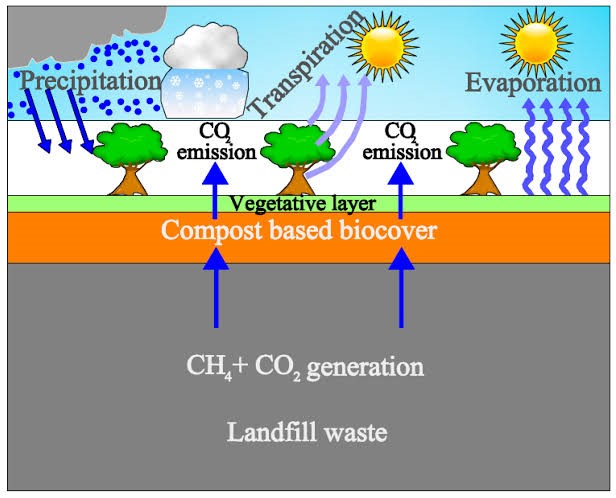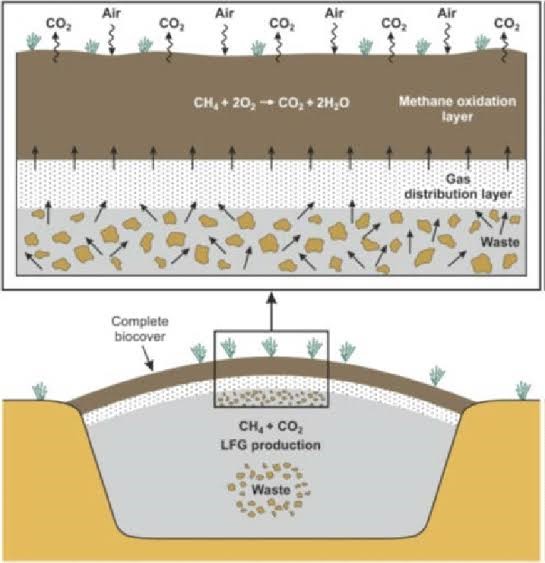Free Courses Sale ends Soon, Get It Now


Free Courses Sale ends Soon, Get It Now



Disclaimer: Copyright infringement is not intended.
Context:
About Biocovers:

Characteristics:
Applications:
Benefits:
Challenges:
Conclusion:
Source:
|
PRACTICE QUESTION Q. Consider the following statements regarding the Proboscis monkey (Nasalis larvatus):
Which of the statements given above are correct? a) 1, 2, 4, and 5 only Answer: a) 1, 2, 4, and 5 only |
© 2024 iasgyan. All right reserved